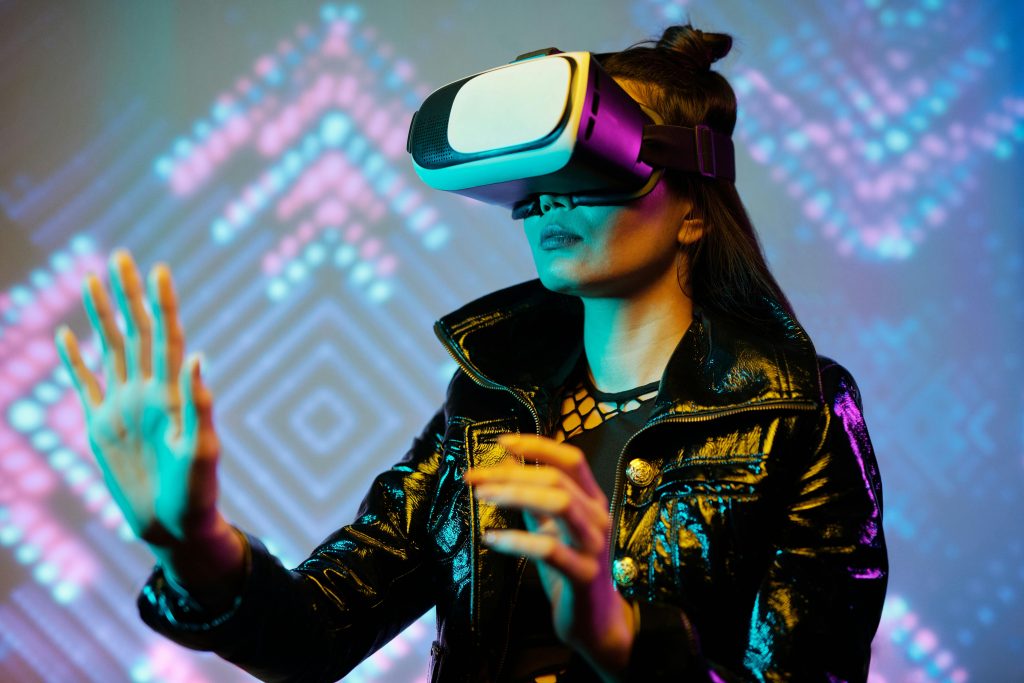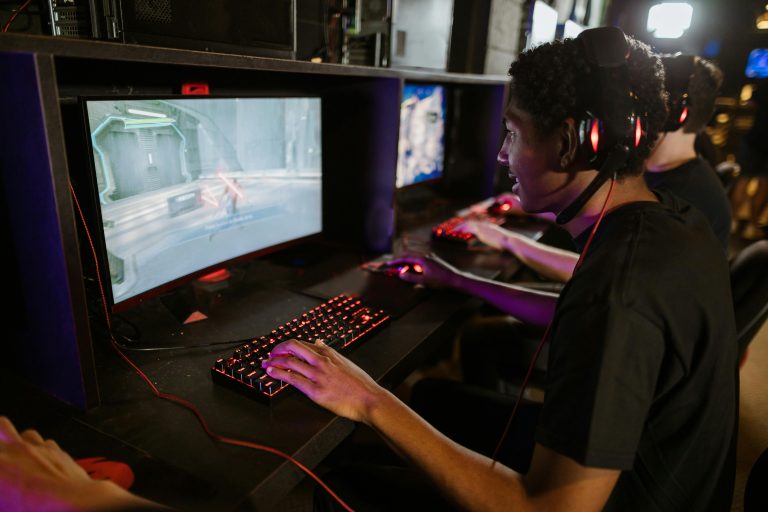
Remember the uncanny valley? That unsettling feeling when a CGI character was almost, but not quite, human? In 2025, that valley has been all but paved over by the relentless march of artificial intelligence. We are no longer in the era of clunky digital effects; we are living through the deepfake revolution. This technology, once relegated to viral internet memes and concerning misinformation campaigns, has matured into the most powerful and disruptive tool in the entertainment industry’s arsenal. It is fundamentally reshaping how we create, consume, and even perceive film, television, and music, blurring the lines between reality and simulation in ways both thrilling and profoundly complex.
Hyper-Realistic De-Aging and Digital Resurrection
The most visible application of AI deepfakes in 2025 is the seamless de-aging of actors. Gone are the days of painstaking frame-by-frame touch-ups or the slightly plastic look of early attempts. Today’s AI models, trained on vast datasets of an actor’s past work, can regenerate their younger likeness with astonishing accuracy, capturing not just the skin texture but the unique micro-expressions and youthful spark in their eyes. This allows for narratives that span decades without pulling the viewer out of the story.
More controversially, the technology has enabled the respectful, and highly regulated, digital resurrection of deceased performers. Through ethical agreements with estates and the use of previously recorded performance data, studios can now complete unfinished projects or even create new roles for legends of the past. This raises profound questions about legacy, consent, and the nature of performance itself. Is it a tribute or a digital séance? The industry is still grappling with the answer, but the technical capability is now undeniably here, creating performances that are emotionally resonant and eerily perfect.
The Rise of the Synthetic Actor
Beyond resurrecting or de-aging real people, AI is now creating entirely original beings. Meet the synthetic actors—wholly digital characters with unique appearances, voices, and even acting styles, generated from scratch by AI. These are not motion-captured performances from a human actor; they are built from algorithms.
Studios are investing heavily in these synthetic stars for several key reasons. They never age, get sick, or have scheduling conflicts. They can perform dangerous stunts without risk and can be perfectly tailored to a specific role or demographic. Most importantly, they are owned intellectual property. This shifts the economic model of stardom, moving value from the actor to the algorithm and the studio that controls it. While they haven’t replaced human charisma, they are becoming a staple for background characters, stunt doubles, and even leading roles in animated and sci-fi features, offering an unlimited palette for creators.
Voice cloning and Localization
The revolution isn’t limited to the screen. Audio deepfakes have advanced just as rapidly. In 2025, the awkward dubbing of foreign films is becoming a relic of the past. AI voice cloning can now analyze an actor’s original performance and synthesize a perfect vocal duplicate in any language, preserving every emotional nuance, sarcastic inflection, and whispered intimacy.
This means a blockbuster released in Tokyo can feature the authentic, AI-generated voice of a Hollywood A-lister speaking fluent Japanese, perfectly synced to their lips. This technology is breaking down language barriers in entertainment, creating a more globally unified viewing experience and expanding the reach of content like never before.
Personalized and Interactive Content
The most futuristic application of deepfakes is the move towards truly personalized entertainment. Streaming platforms are experimenting with algorithms that can customize content for individual viewers. Imagine watching a mystery thriller where the AI subtly inserts a character who looks like an old friend of yours, deepening your personal connection to the story.
Furthermore, the line between cinema and video games is blurring. Interactive stories, like advanced versions of “Bandersnatch,” can now use deepfake technology to film every possible choice and branching narrative with the main actors without requiring them to be on set for months of reshoots. The AI can generate realistic performances for any script variation, making complex interactive films economically viable. This points towards a future where you are not just watching a story but actively participating in it, with the actors seemingly responding directly to your decisions.
Navigating the Ethical Minefield
This powerful technology does not come without significant ethical challenges. The entertainment industry is scrambling to establish new norms and legal frameworks.
- Consent and Ownership: Who owns the digital likeness of an actor? How can individuals, especially deceased ones, consent to their image being used? New, ironclad contracts are being drafted to address these issues.
- Job Displacement: While AI creates new roles for tech specialists, there is a real fear among voice actors, body doubles, and even lead actors about being replaced by their digital clones.
- Truth and Reality: When anything can be faked with perfection, how do we trust what we see and hear? The industry must work to maintain audience trust through transparency about when and how deepfake technology is used.
Robust regulations and watermarking technologies are being developed to distinguish authorized entertainment deepfakes from malicious ones, but the arms race between creation and detection is ongoing.
Conclusion
The deepfake revolution in entertainment is a classic double-edged sword. It is a tool of immense creative potential, freeing storytellers from the physical and logistical constraints of the past and opening doors to new forms of narrative art. It promises hyper-realistic worlds, ageless stars, and personalized experiences that were once the stuff of science fiction.
Yet, it simultaneously forces us to confront difficult questions about authenticity, ethics, and the very essence of human performance. As we move further into 2025 and beyond, the challenge won’t be technical—the AI will only get better. The true challenge will be navigating the human implications: ensuring ethical use, protecting individuals, and preserving the magic of human connection that has always been at the heart of great entertainment. The curtain has risen on this new stage, and there’s no going back.






